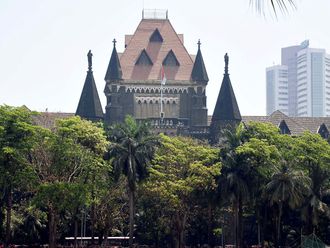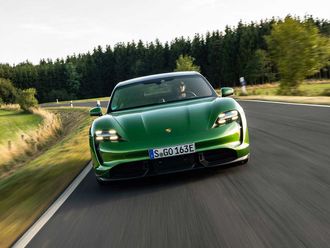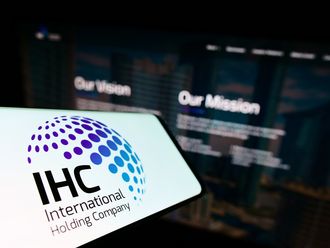LONDON
BP’s profits more than doubled in 2017 to $6.2 billion powered by higher prices and output of oil and gas, allowing the company to resume share buy-backs as it recovers from a three-year downturn.
The company will be able to generate profits in 2018 at an oil price of $50 a barrel, Chief Financial Officer Brian Gilvary told Reuters, as years of spending cuts kicked in and as it slowly shakes off a $65 billion bill for penalties and clean up costs of the deadly 2010 Deepwater Horizon spill.
The London-listed company was the first among its European peers to resume share buy-backs in the fourth quarter of 2017 after years of resorting to dilutive austerity measures in the face of the industry slump.
With a 20 per cent bounce in oil prices in the last quarter of 2017 to $61 a barrel, BP had a surplus of cash that allowed it to buy $343 million worth of shares in the fourth quarter, offsetting the scrip dilution.
BP shares were trading 1.4 per cent lower at 0824 GMT, compared with a 2.3 per cent decline for the sector.
“2017 was one of the strongest years in BP’s recent history,” Chief Executive Officer Bob Dudley said in a statement. “We enter the second year of our five-year plan with real momentum, increasingly confident that we can continue to deliver growth.”
BP also took a one-off charge of $900 million to adjust to new US tax rules, though it expects a long-term boost from the lowered corporate tax rates. The company reported a $2.1 billion fourth-quarter underlying replacement cost profit, its definition of net income, topping forecasts for $1.9 billion, a company-provided survey of analysts showed. That marked a jump from $400 million a year earlier and topped a third-quarter profit of $1.9 billion.
Production surge
Full-year production rose 12 per cent to 2.47 million barrels per day (bpd) after BP launched seven new oil and gasfields in 2017, a record year.
It is set to inaugurate 5 additional projects this year including in Egypt, Azerbaijan and the UK North Sea that will help it boost its production by 800,000 barrels per day (bpd) by 2020, which will be mostly gas.
BP’s refining and trading segment, known as downstream, saw profits rise to $7 billion in 2017 as earnings for the marketing division rose by more than 10 per cent.
Cash flow in the fourth quarter rose slightly to $6.2 billion but fell short of market expectations, raising concerns that cost cuts have run their course, echoing concerns about rivals Royal Dutch Shell, Exxon Mobil and Chevron which reported last week.
The weakness was due mostly to lower than expected income from refining operations, BMO Capital Markets analyst Brendan Warn said.
Payments for the Deepwater Horizon spill continued to weigh on BP, which took a $1.7 billion charge in the quarter due to higher-than-expected claims settlements, bringing the total legal and clean-up costs to $65 billion.












